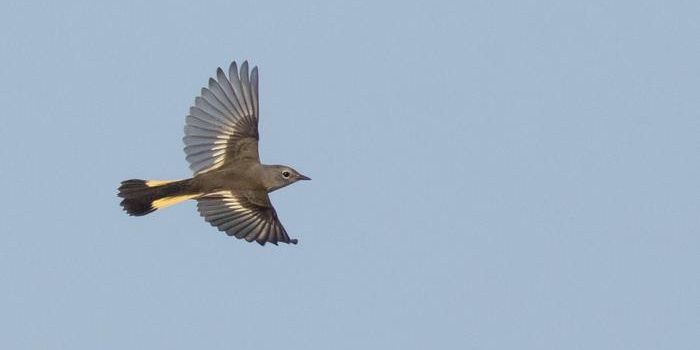How Can Mario Kart Teach Us About Improving World Poverty?
Rushing down Rainbow Road and receiving power from the floating square icons on the screen, or even slipping on a banana peel by another racer and finding yourself off the side of the road into oblivion. This is a typical experience of a Mario Kart player. Fans are aware of how the heated competition between multiple players makes the Nintendo game such a classic.
Learn more about Mario Kart and how the game got so appealing:
"It's been fun since I was a kid, it's fun for my kids, in part because anyone can play it," says Andrew Bell, a Boston University College of Arts & Sciences assistant professor of earth and environment. But as a researcher studying economic principles, Bell also sees Mario Kart as much more than just a racing game.
In a published paper, Bell argued that the principles of the beloved Mario Kart game could serve as a model for creating equitable social and economic change.
"Farming is an awful thing to have to do if you don't want to be a farmer," Bell says. "You have to be an entrepreneur, you have to be an agronomist, put in a bunch of labor...and in so many parts of the world people are farmers because their parents are farmers and those are the assets and options they had." This is a common story that Bell has come across many times during research trips to Pakistan, Bangladesh, Cambodia, Malawi, and other countries in southern Africa, and is what largely inspired him to focus his research on policies that could aid in development.
Learn more about current farming practices in disadvantaged regions of the world:
Bell notes that the policies involved with providing assistance to farmers in the world’s economically disadvantaged regions could overall reduce poverty and increase sustainable, environmentally friendly practices.
But still, this leaves us with the question: how does this relate to Mario Kart?
Mario Kart provides players who are behind in the race the opportunity to utilize power-ups that are designed to bump them forward. At the same time, faster players up at front do not get that same boost and instead are faced with obstacles that could slow them down—such as banana peels. The boosting principle is referred to has “rubber banding” and is designed to keep the game fun and engaging but also has the underlying theme of being equitable, not equal.
"And that's exactly what we want to do in development," adds Bell. "And it is really, really difficult to do."
In video games, rubber banding has no realistic real-word obstacles. How many times have you heard of a car slipping on a banana peel? But that does not necessarily mean we discard the idea of rubber banding. The concept could be extended to financial practice for agricultural families and communities. For example, governments could pursue a program through a third party that would allow farmers to be paid for adopting agricultural practices to help prevent erosion and thus the third party institution—in that case a hydropower company—would build a dam to provide electricity.
"Mario Kart's rubber banding ethos is to target those in the back with the items that best help them to close their gap -- their own 'golden mushrooms,'" Bell wrote in the paper, referring to the power-up that boost racers forward who were lagging behind.
Source: Science Daily, Boston University, Nature Sustainability









